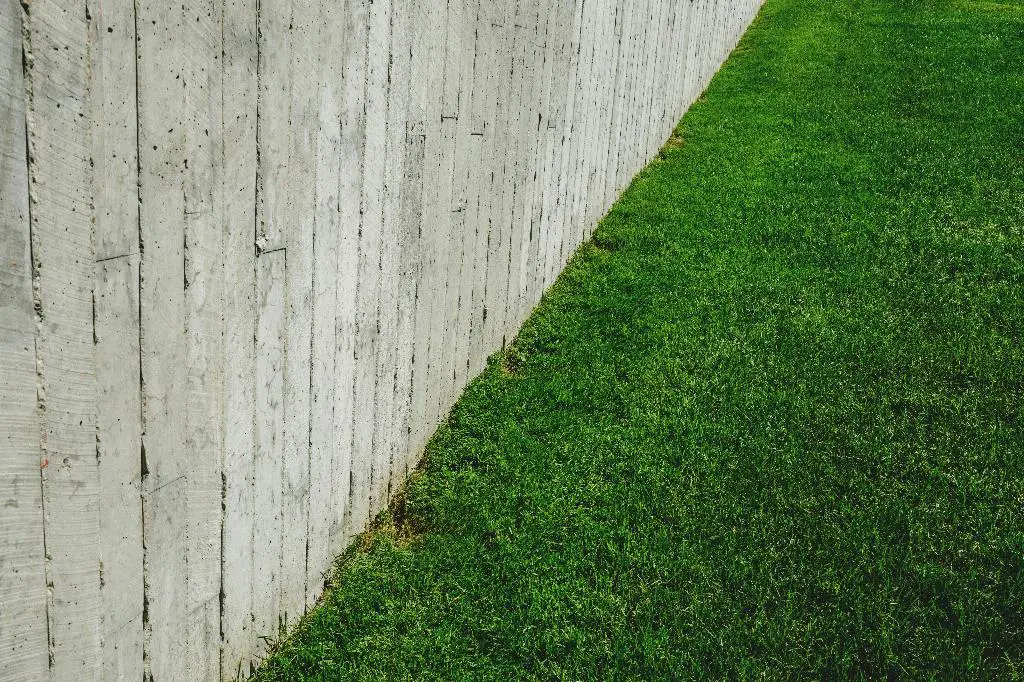So you’ve noticed those pesky aspen tree shoots popping up in your lawn, and you’re wondering how to effectively get rid of them once and for all. Dealing with these persistent plants can be a challenge, but with the right approach, you can successfully eliminate them from your outdoor space. In this article, we’ll explore the best methods for removing aspen tree shoots and preventing them from regrowing in your lawn.
Identifying Aspen Tree Shoots
Before diving into the removal process, it’s important to correctly identify aspen tree shoots in your lawn. Aspen trees are known for their fast growth rate and ability to spread through underground root systems. The shoots typically emerge as small, slender stems with heart-shaped leaves, often popping up in clusters in your lawn.
Understanding the Root System
Aspen trees are notorious for their extensive root systems, which can extend far and wide beneath the surface of your lawn. Simply cutting down the tree shoots above ground will not solve the problem, as the roots will continue to produce new shoots, leading to regrowth in the future.
Effective Herbicide Application
One highly effective method for getting rid of aspen tree shoots is using an herbicide such as Roundup. To apply the herbicide, carefully spray or brush it onto the base of the tree shoots, ensuring it reaches the root system below. This will help kill off the existing shoots and prevent new ones from sprouting.
Drilling Holes for Targeted Treatment
For a more targeted approach, consider drilling a series of holes into the trunk of the aspen tree shoots at a 45-degree angle. Fill these holes with a concentrated herbicide solution to directly target the root system and effectively kill off the entire plant.
Monitoring and Maintenance
After applying the herbicide, monitor the aspen tree shoots regularly to track their progress. It may take some time for the herbicide to fully take effect and kill off the root system. Be patient and continue to maintain your lawn to prevent new shoots from emerging.
Replanting Grass and Vegetation
Once the aspen tree shoots have been successfully eliminated from your lawn, consider replanting grass or other vegetation in the affected areas. This will help prevent new weeds from taking hold and restore the overall appearance of your outdoor space.
Professional Assistance
If you’re facing a severe aspen tree infestation in your lawn and struggling to control the spread, don’t hesitate to seek professional assistance. Tree removal experts can help assess the situation, recommend the best course of action, and effectively eliminate the problem at its source.
Preventing Future Growth
To prevent future growth of aspen tree shoots in your lawn, consider implementing preventive measures such as regular maintenance, mulching, and proper watering practices. By keeping your lawn healthy and well-maintained, you can discourage the growth of invasive plants and maintain a vibrant outdoor space.
Environmental Considerations
When using herbicides to eliminate aspen tree shoots, be mindful of potential environmental impacts. Choose herbicides that are safe for your lawn and surrounding vegetation, and follow all instructions carefully to minimize any adverse effects on the ecosystem.
Conclusion
Dealing with aspen tree shoots in your lawn can be a challenging task, but with the right approach and persistence, you can successfully remove them and prevent future regrowth. By identifying the shoots, applying herbicides effectively, and taking preventive measures, you can maintain a healthy, weed-free lawn and enjoy the beauty of your outdoor space for years to come.

